Question of the Week…
Items we used for this experiment:
~ hands, ears, eyes, noses and mouths
Predictions and Experiment…
Each of the kids made a prediction about what would make a person stop humming: covering his eyes, covering his ears, covering his mouth, or pinching his nose shut. We recorded our guesses {even Kaleb played along with us} and started the experiment.
Kaleb started humming and Daddy came up to him and began trying all of the options {with many giggles}.
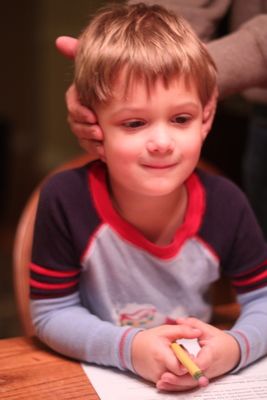
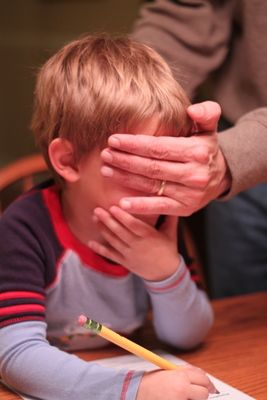
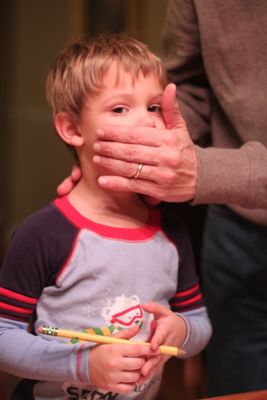
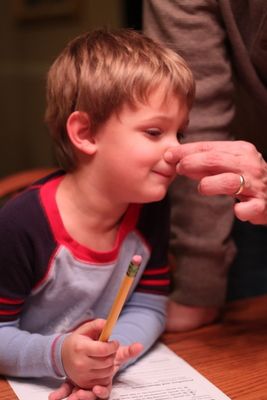
The Nutshell Reason…
Air travels up over the vocal chords and comes out through our noses. When the nose is pinched shut, the air is unable to escape {because our mouths are shut and humming} and the air stops traveling over the vocal chords ~ and the humming stops!
After the Experiment…
While the kids drew pictures of what had happened during our experiment, Daddy was busy helping Kaleb draw a picture for his recording sheet. Since he was the one pinching Kaleb’s nose, he made sure to add in {and exaggerate} his muscles…much to the kid’s delight. :)
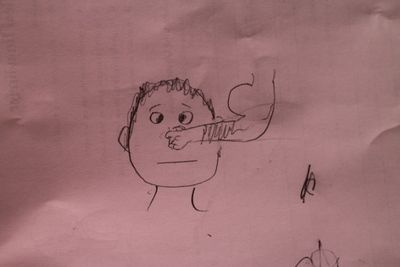
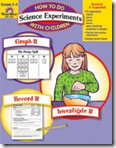 Resource: How to Do Science Experiments with Children is available from Amazon and you can also check it out {and do some of the experiments} using Google Docs! The experiments use easy-to-find objects and also include record sheets for kids to fill out with their predictions and experiment results. Each experiment also includes teaching tips and explanations…which are rather handy! :)
Resource: How to Do Science Experiments with Children is available from Amazon and you can also check it out {and do some of the experiments} using Google Docs! The experiments use easy-to-find objects and also include record sheets for kids to fill out with their predictions and experiment results. Each experiment also includes teaching tips and explanations…which are rather handy! :)
Don’t forget to check out some other great science ideas at Science Sunday hosted by Ticia at Adventures in Mommydom.


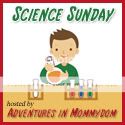


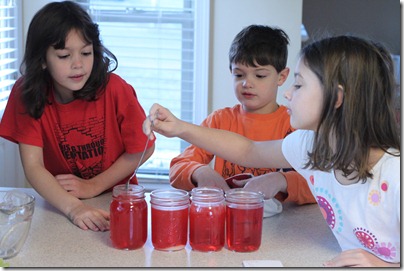
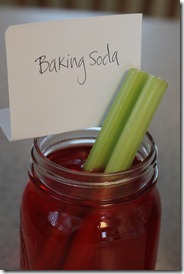


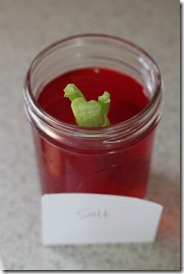

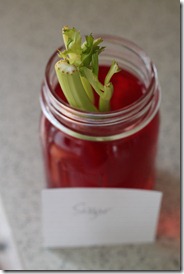
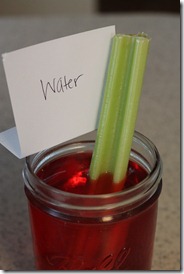
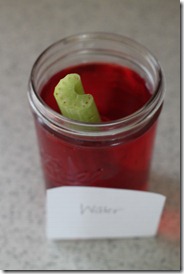

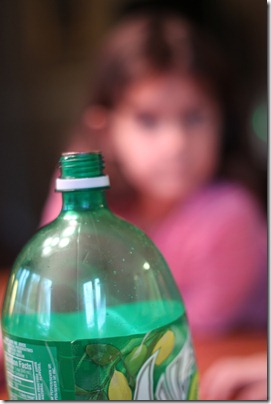

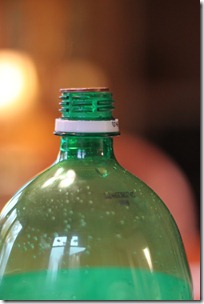
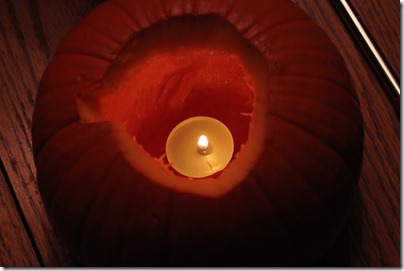
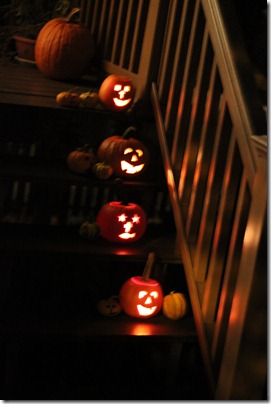
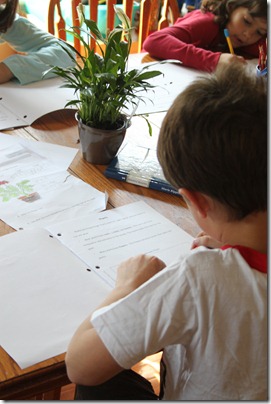
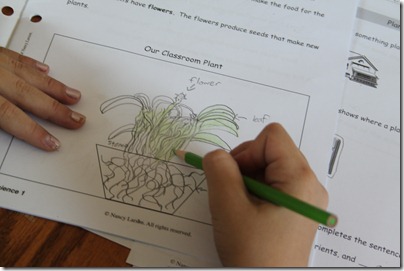
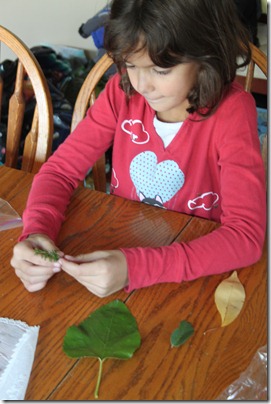
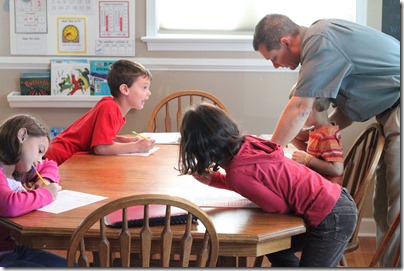

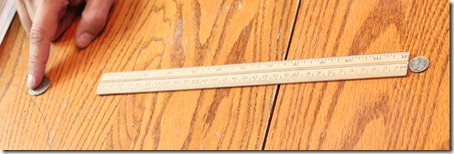
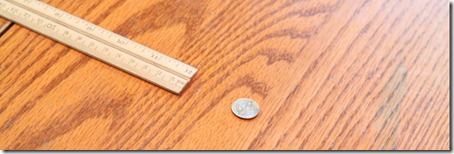




 The printables shared on this site are FREE of charge unless otherwise noted, and you are welcome to download them for your personal and/or classroom use only. However, free or purchased printables are NOT to be reproduced, hosted, sold, shared, or stored on any other website or electronic retrieval system (such as Scribd or Google docs). My printables are copyright protected and I appreciate your help in keeping them that way.
If you download and use some of my printables and then blog about them, please provide a link back to my blog and let me know - I'd love to see how you are using them! Please be sure to link to the blog post or web page and not directly to the file itself. Thank you!
The printables shared on this site are FREE of charge unless otherwise noted, and you are welcome to download them for your personal and/or classroom use only. However, free or purchased printables are NOT to be reproduced, hosted, sold, shared, or stored on any other website or electronic retrieval system (such as Scribd or Google docs). My printables are copyright protected and I appreciate your help in keeping them that way.
If you download and use some of my printables and then blog about them, please provide a link back to my blog and let me know - I'd love to see how you are using them! Please be sure to link to the blog post or web page and not directly to the file itself. Thank you!